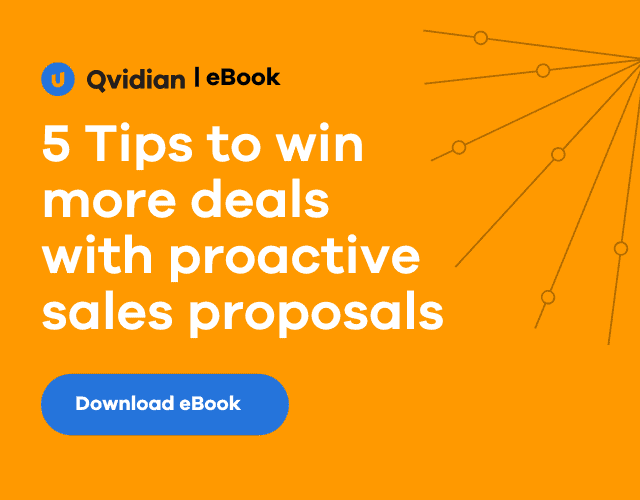Let’s face it. When it comes to creative materials – writing and design – everyone has their own interests and tastes. You might not like what I like, and I may not gravitate to what you’re interested in. By their very nature, creative materials are subjective.
The same principle applies to the art of creating sales materials. Yet with the exception of technical, scientific, or factual information, there is the potential to use a creative approach to generating sales content and proposals. Many people may make the mistake that this is an artistic approach, and one that they could never do well. Yet they fail to realize there are certain best practices that they can learn – and that these strategies will make their content better.
Take the First Step
Clearly, sales content and proposal content falls into the larger category of business writing, which means it can’t be overly edgy, controversial, or humorous. Yet just because this kind of writing is being used to communicate in a business world, it doesn’t mean that it has to be bland.
Consider an example from the world of fine arts. Just about anyone could draw a series of neat black squares, yet an artist like Mondrian transformed such a simple subject matter into high art by adding color, seemingly random patterns, and other approaches. This example is perfect for sales proposals. By adding just a small touch of creativity, your proposal will stand apart from the competition and will be more likely to move to the next phase.
Dare to be Different
Yet this is just the start. If you stop here, you run the risk of being too formulaic or sending the message that your sales process is on autopilot. You have to keep pushing the “content as art” angle to demonstrate that there is real thought and effort going into your sales proposals. Like an artist who throws paint at a canvas to see what it could look like, some of the best content developers and proposal writers are willing to throw out the rulebook and go with something different. It could be going a surprising concept or theme that engages the reader’s attention, a great headline, or even a story that weaves its way through the proposal.
Clearly, the writing needs to be persuasive, which means it needs to be tailored to the people who are reading it. You don’t want it to seem like the proposal was written for anyone in the industry, so it needs to seem customized and targeted toward your particular audience. It has to make the right points, and it helps to make them in a creative way.
For example, you can lead with “please buy our products,” or you could tell a compelling story that establishes the need for that product, describes the perceived benefits it can deliver, and highlights the pros and cons that come from acting or failing to act. You can also be more creative with quotes, analogies, anecdotes, and all of those things that “timid” writers may shy away from, thinking they’re too far from the status quo. But what they fail to realize is that the status quo isn’t good enough.
Dressing Up Proposals
Another step in the creative process is to experiment with style. Just because you have function within the writing doesn’t mean you have to neglect style. This starts with fonts and font sizes, but there’ also the benefit of adding images and rich media that dig into what the writer’s trying to say, and that complement that creativity.
So yes, there is an art to writing proposals. Maybe you don’t want to go as far as flinging color onto the canvas. Maybe you want it to be more concrete. But instead of just adding black squares like our example, above, adding creative is your chance to add character, dimension, and passion. And your readers will respond.
To be clear, we’re not recommending creativity for creativity’s sake, but something that works to differentiate yourself and your organization.


